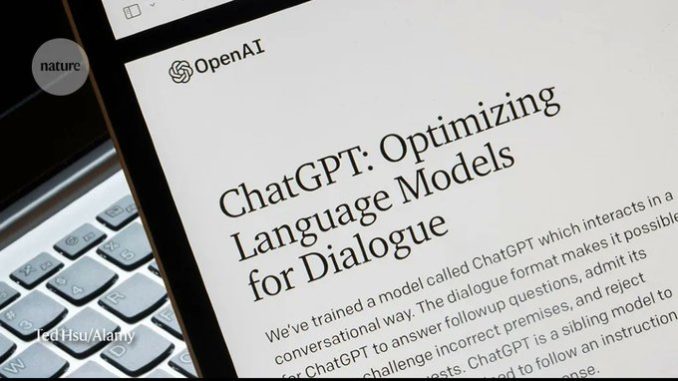
An artificial-intelligence (AI) chatbot can write such convincing fake research-paper abstracts that scientists are often unable to spot them, according to a preprint posted on the bioRxiv server in late December1. Researchers are divided over the implications for science.
“I am very worried,” says Sandra Wachter, who studies technology and regulation at the University of Oxford, UK, and was not involved in the research. “If we’re now in a situation where the experts are not able to determine what’s true or not, we lose the middleman that we desperately need to guide us through complicated topics,” she adds.
The chatbot, ChatGPT, creates realistic and intelligent-sounding text in response to user prompts. It is a ‘large language model’, a system based on neural networks that learn to perform a task by digesting huge amounts of existing human-generated text. Software company OpenAI, based in San Francisco, California, released the tool on 30 November, and it is free to use.
Since its release, researchers have been grappling with the ethical issues surrounding its use, because much of its output can be difficult to distinguish from human-written text. Scientists have published a preprint2 and an editorial3 written by ChatGPT. Now, a group led by Catherine Gao at Northwestern University in Chicago, Illinois, has used ChatGPT to generate artificial research-paper abstracts to test whether scientists can spot them.
The researchers asked the chatbot to write 50 medical-research abstracts based on a selection published in JAMA, The New England Journal of Medicine, The BMJ, The Lancet and Nature Medicine. They then compared these with the original abstracts by running them through a plagiarism detector and an AI-output detector, and they asked a group of medical researchers to spot the fabricated abstracts.
